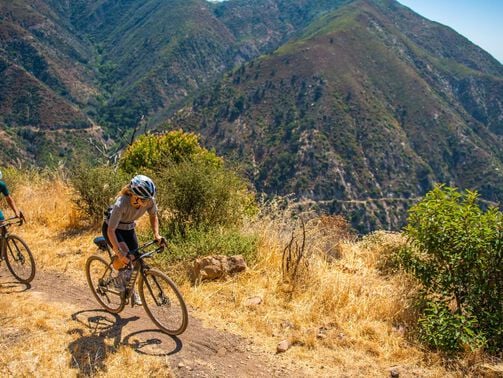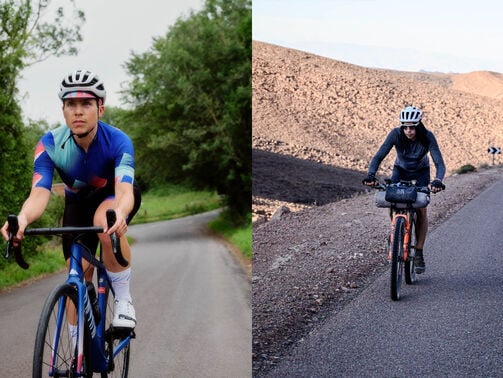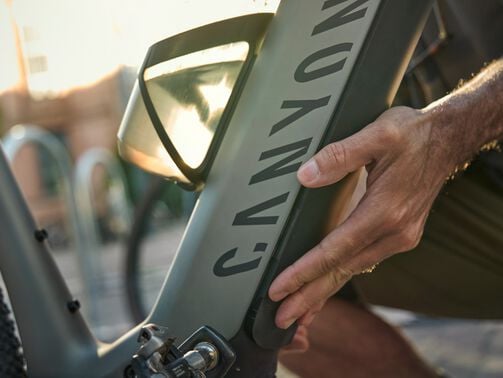Cycling Base Layer Guide
Wearing a base layer is a great way to help you stay dry and regulate your temperature. Choosing a good base layer can really improve your comfort.
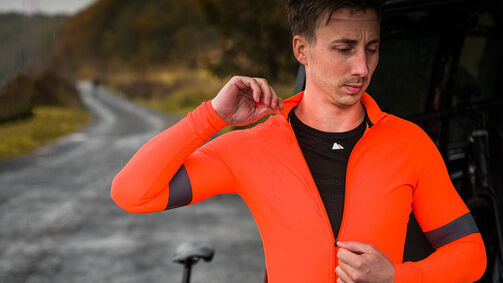
How to Choose the Right Base Layer
Base layers are a common component in modern sportswear. Sometimes called inner layers, base layers are garments that you wear closest to your body, and they are sometimes considered to be a second skin. They have two main functions: first, they keep you dry, and second, they keep you warm (if need be).
Dry clothing is vital to keeping you comfortable. Wet clothes next to your skin can cause irritation, especially in sports like cycling, where there's a lot of high friction body movement. Base layers work by wicking away moisture to outer layers, where it can then evaporate. Additionally, while the moisture may be created by your own sweat, once you stop moving, wet clothes are liable to chill you, particularly in cool weather.
Base layers can also keep you warm in cold weather. They offer protective insulation to retain your body heat when it's freezing outside. Of course, these cold-weather base layers will be significantly warmer than those for the summer.
How can you choose your cycling base layers? There's a wide variety, and you'll want to match your base layers to the weather conditions, your other clothing, and your style of riding. Lightweight base layers are suitable all year round and are perfect for keeping you dry under whatever outer garments you choose. They're also best for high-intensity cyclists who generate a lot of heat.
If the weather is very cold or you prefer a gentle ride with little sweat, heavier weight base layers will be for you. For example, if you're using your bike for scenic touring rather than performance, you'll want to regulate your temperature all day. Base layers are a great way to keep it consistent.
How Is This Different From My Regular Underwear?
In truth, base layers have been around for as long as anybody can remember. Vests and leggings have long been used to keep us warm in winter. What's more, the moisture wicking properties of wool and the comfort of silk have been known for centuries. What's different now is that these clothes are incorporated into sports technology. And let's face it, we cyclists love the tech almost as much as the rides!
What Are Modern Base Layers Made Of?
Underclothes have traditionally been made from wool, silk or cotton. In fact, wool is actually very good for wicking away moisture and regulating temperature and, depending on its thickness, can be suitable for cycling. Heavier wools can be a little bulky, but you can still get excellent merino base layers.
Silk is also found in some cases and is admirably lightweight, dry, and comfortable. Cotton, however, is a definite no-no. Cotton absorbs and retains your sweat, and you're liable to end up with some unpleasant sore parts if you ride for long, or in high temperatures with cotton next to your skin.
Many modern base layers, however, are made of lightweight synthetic fibers. These benefit from a great diversity of weights, are breathable, and are often seamless to avoid irritation. Canyon base layers are made with a special weave of polypropylene for wicking, nylon for stability, and spandex for flexibility.
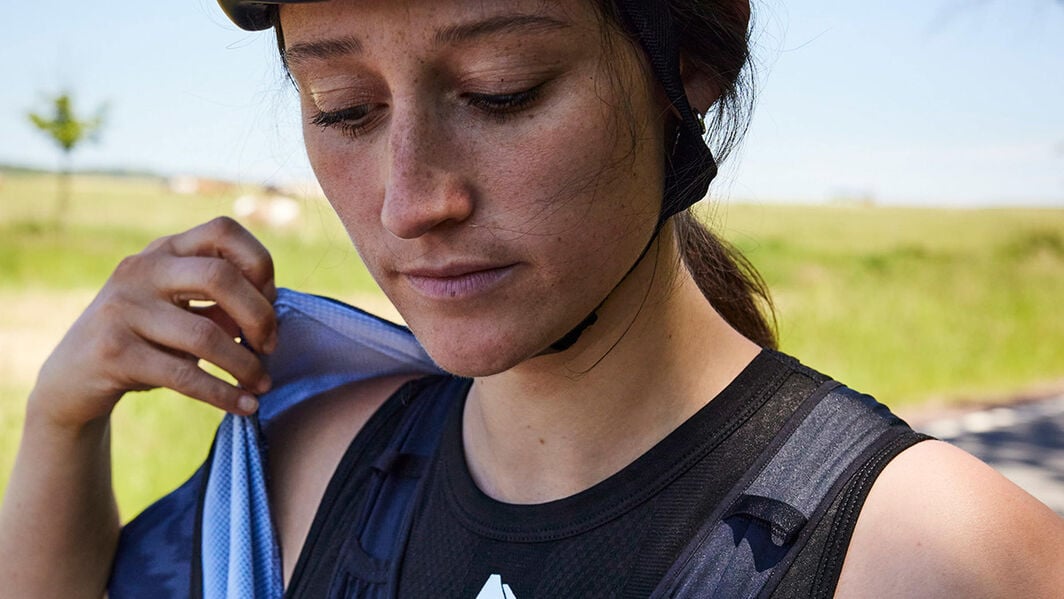
When Should I Wear Base Layers?
Obviously, cold weather is a time for wearing more layers, but it can be difficult to regulate temperature when you're engaged in strenuous training. The danger of overheating and then overcooling is real. In this situation, base layers are just the thing to keep you comfortable and dry with a consistent temperature.
The situation is not all that different in hot weather. During exercise, your body will still be alternately heating and cooling, plus you'll be generating even more sweat, so effective base layers are a must. You'll need thinner layers, to be sure, but the need to wick moisture away from your body is, if anything, even greater.
How Extensive Should My Base Layers Be?
The short answer is that you choose according to what else you're wearing. You probably don't want your base layers any longer than your outer clothing. For cycling, this means base layers that are the same length or slightly shorter than the kit you're wearing.
Choosing the Right Fit
Base layers need to be snug fitting to be effective. The idea of the "second skin" is key here, and ideally, your base layers should feel no more intrusive than this. If you experience discomfort with your base layers, the chances are they're too loose and rubbing. This is especially problematic for long-distance riding.
Also, look out for seams in your base layers. A good base layer will be entirely seamless and have no extraneous tags or labels. A prominent seam is a common culprit for skin friction, particularly around the arms, and more especially, the groin area. The latter is where most movement takes place as you're riding, so make sure you're wearing base layers with a seam-free gusset.
Looking After Your Base Layers
Thankfully, most modern base layers are now suitable for a machine wash, so you can just throw them in with the rest of your kit. Temperature is a delicate balance, as you want to go hot enough to kill off bacteria but not damage your garments. 140°F is fine for the bugs but may be too warm for much sportswear. 100°F should be fine but do check individual labels as requirements vary. Some synthetic fibers can be sensitive to high temperatures and will be ruined by very hot water.
Traditional materials for base layers, like merino, need to be treated with special care. Merino wool has great comfort properties, but it can shrink drastically in machines and hot water. You may need to do a light hand wash in cold water if you have merino base layers. Read the label carefully as you don't want to damage these valuable garments! Also, be careful when drying: a hot radiator can be effective for drying but harmful to fibers.
While the main reason for hot washes is to kill off bacteria, in some cases, a base layer has antibacterial compounds. Canyon base layers feature a permanent, natural silver ion to provide antibacterial properties, keeping you fresher!
Did this article help?
Thank you for your feedback
